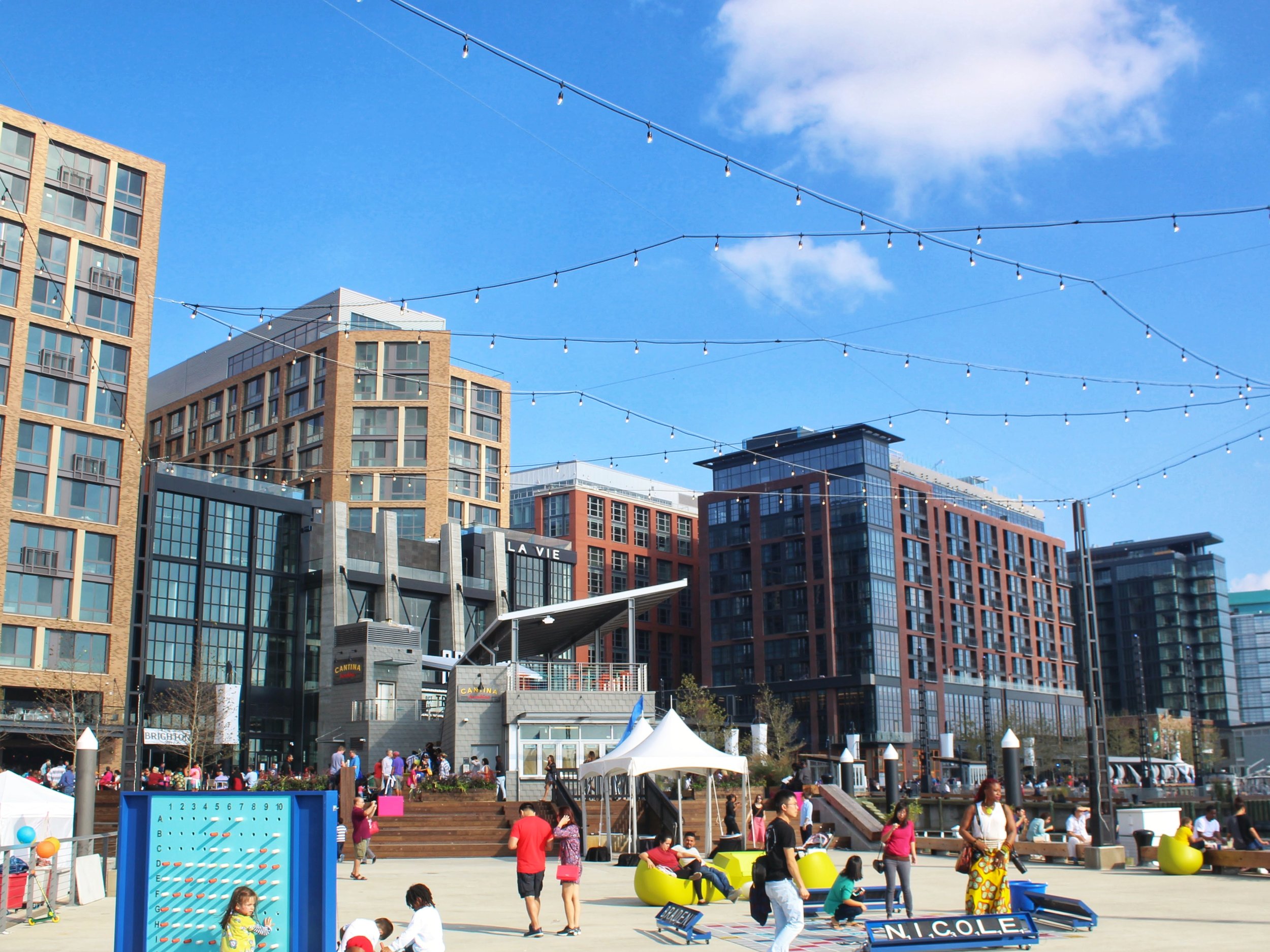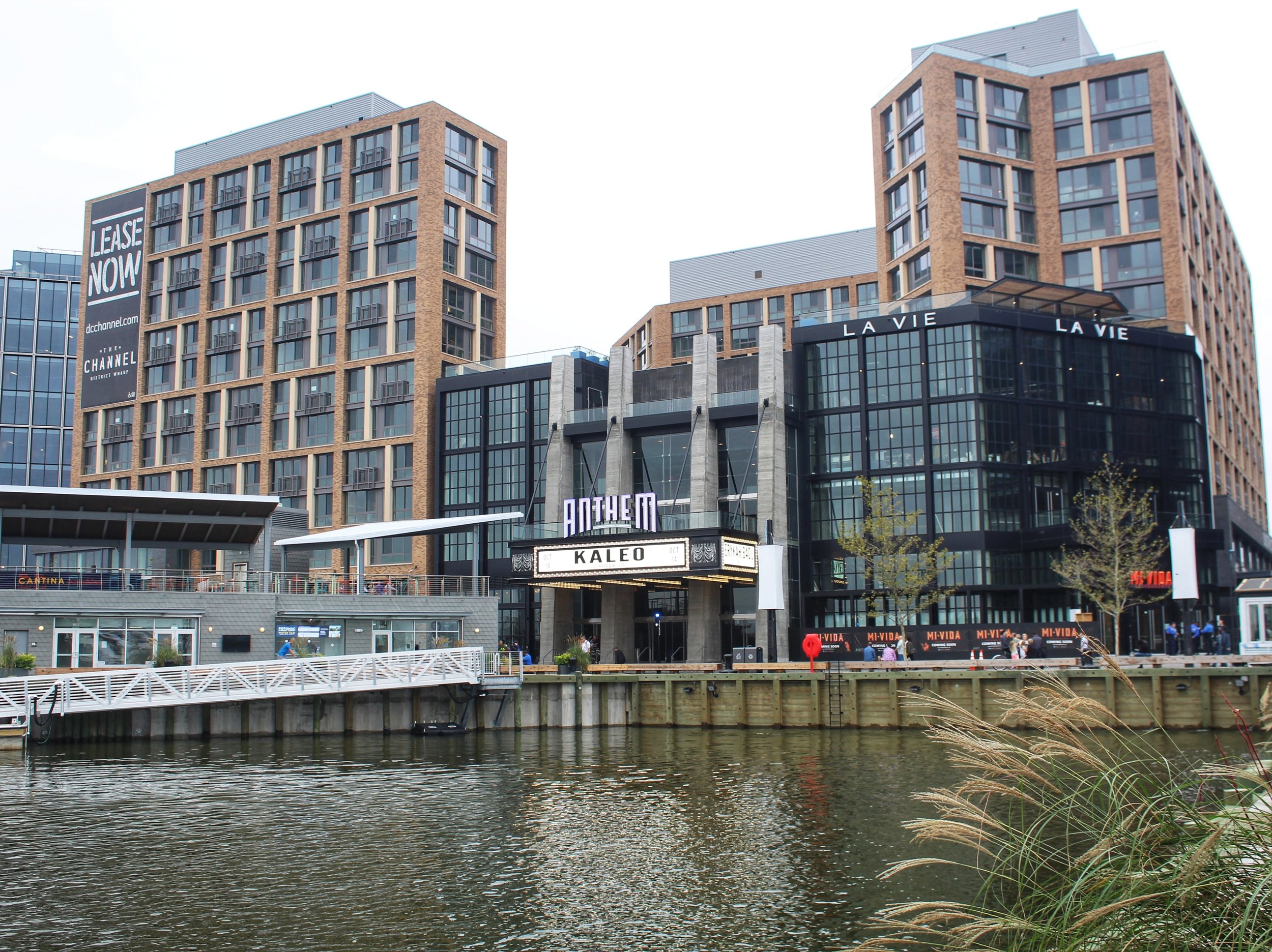902 T Street NW: Former home of the Washington Conservatory of Music and School of Expression
A rarity at the time of its founding in 1903, the Washington Conservatory of Music was a privately owned, Black founded, and Black run arts institution, specifically created for Black adults and children. The Conservatory educated students about African American musical heritage, and also trained them to play, producing top musicians for decades, until closing in 1960.
Black residents in post-civil war DC set out to cultivate their own musical, economic, and educational institutions due to being locked out of the city’s established all-white institutions. The Conservatory is a crucial part of that story and was a major contributor to the “Black Broadway” era of DC history, centered on nearby U Street NW.
Mary Church Terrell’s remarks at the dedication of the Conservatory | Library of Congress
Harriet Gibbs | Oberlin College Archives.
The founder of the Washington Conservatory was Harriet Gibbs. Born in Vancouver, British Columbia to American parents but educated in Ohio including at the Oberlin Conservatory of Music, Gibbs landed in the District of Columbia by 1900. By the time she arrived, she had already traveled the world while studying and performing, and was considered an accomplished pianist with over a decade of experience as a music educator.
Gibbs initially ran the Washington Conservatory of Music from studios inside True Reformer Hall at 1200 U Street NW, just blocks away. By 1904, the institution grew and moved into 902 T Street NW, a stunning and beautiful building donated to the Conservatory by Gibbs’ father.
In addition to musical history, with an emphasis on Black musical history, students at the Conservatory received instruction in strings, piano, voice, pipe organ, and wind instruments, among others. Instruction was a true combination of both Western/European music traditions and African American musical traditions. After a new program was added for rhetorical skills and public speaking, the name of the institution was changed to the Washington Conservatory of Music and School of Expression.
The Conservatory helped consolidate funding for the concert music scene for Black artists in Washington. Previously performances, training, and schooling were sponsored by various institutions including Black churches as well as Howard University.
Advertisement in the Washington Bee, 1910 | Library of Congress.
In the Conservatory’s first years, Gibbs and the other founding faculty tried to strike a balance between student recitals and hosting better known, traveling artists and orators, all while maintaining financial stability as a privately run school. The faculty worked as tirelessly as Gibbs herself.
Early faculty member Emma Azalia Hackley made the long commute from Philadelphia to teach for a full academic year; an assignment she considered a privilege. At the pinnacle of its existence, the Conservatory would host up to 175 students with fourteen faculty members operating out of the T Street building.
One of the early directors of the Conservatory was Mary (aka Mamie) Burrill.
In 1906, Harriet Gibbs married Napoleon Bonaparte Marshall, a famed Harvard graduate, lawyer, and eventual World War I veteran and diplomat. They moved to New York City soon after. Post war, the Marshalls moved to Haiti (1922-1928) when Napoleon received assignment from President Harding. Ever the educator, Harriet Gibbs Marshall founded a school in Port-au-Prince and in 1930, and even authored a book on the history of Haiti, titled The Story of Haiti. She returned her full focus to the Washington Conservatory of Music after her husband’s death n 1933.
In Gibbs Marshall’s absence Burrill, another lifelong educator, ran the school from 1907 through 1911. The first commencement of the Conservatory happened under her tenure in 1910. The ceremony was held at Metropolitan A.M.E. church to an audience of nearly 2,000 people. After serving at the Conservatory, Burrill was likely best known for being a playwright. In 1919, They That Sit in Darkness was first published, landing in Margaret Sanger's Birth Control Review. The one act play is considered to be one of the earliest explicitly feminist plays by a Black playwright. The Conservatory’s success was largely due to the undeniable attraction of talented artists from around the nation, not just as students, but faculty and administration.
I am planning another separate post on Mary Burrill (left) and her partner Lucy Diggs Slowe. Pictured here at their home in Brookland, DC
Capt. Napoleon Bonaparte Marshall. Lawyer, war veteran, athlete, diplomat, and husband of Harriet Gibbs | The American Negro in the World War
In 1941 Gibbs, then known as Harriet Gibbs Marshall, died aged 73 years. While the Conservatory continued under the leadership of her cousin, Josephine Muse, it ultimately closed in 1960 after Muse passed away. The Conservatory’s records and materials live on at Howard University’s Moorland-Springarn Research Center. Both Harriet and Napoleon were laid to rest just a few miles from the old Conservatory at Arlington National Cemetery, Section 4.
The Washington Conservatory of Music and School Expression is not to be confused with the modern (c. 1984) non-profit organization Washington Conservatory of Music located in Bethesda, MD
For more weekly DC history posts, photos, inside access to tour development, and more, support us on Patreon. Plans start at just $3/mo.
Advertisement listed in The Crisis, May 1913
902 T Street NW, former home of the Washington Conservatory of Music and School of Expression.
Read more:
The Washington Conservatory of Music and School of Expression | JSTOR
Cultivating Music in America: Women Patrons and Activists | Univ. of California Press
Harriette Gibbs Marshall | Oberlin College Library
Washington Conservatory of Music | Howard Moorland-Spingarn Research Center
Burrill, Mary P. ( Mamie Burrill) | Oxford African American Studies Center
A reading of Burrill's They That Sit in Darkness. | Triad Stage (Wilmington, NC).























